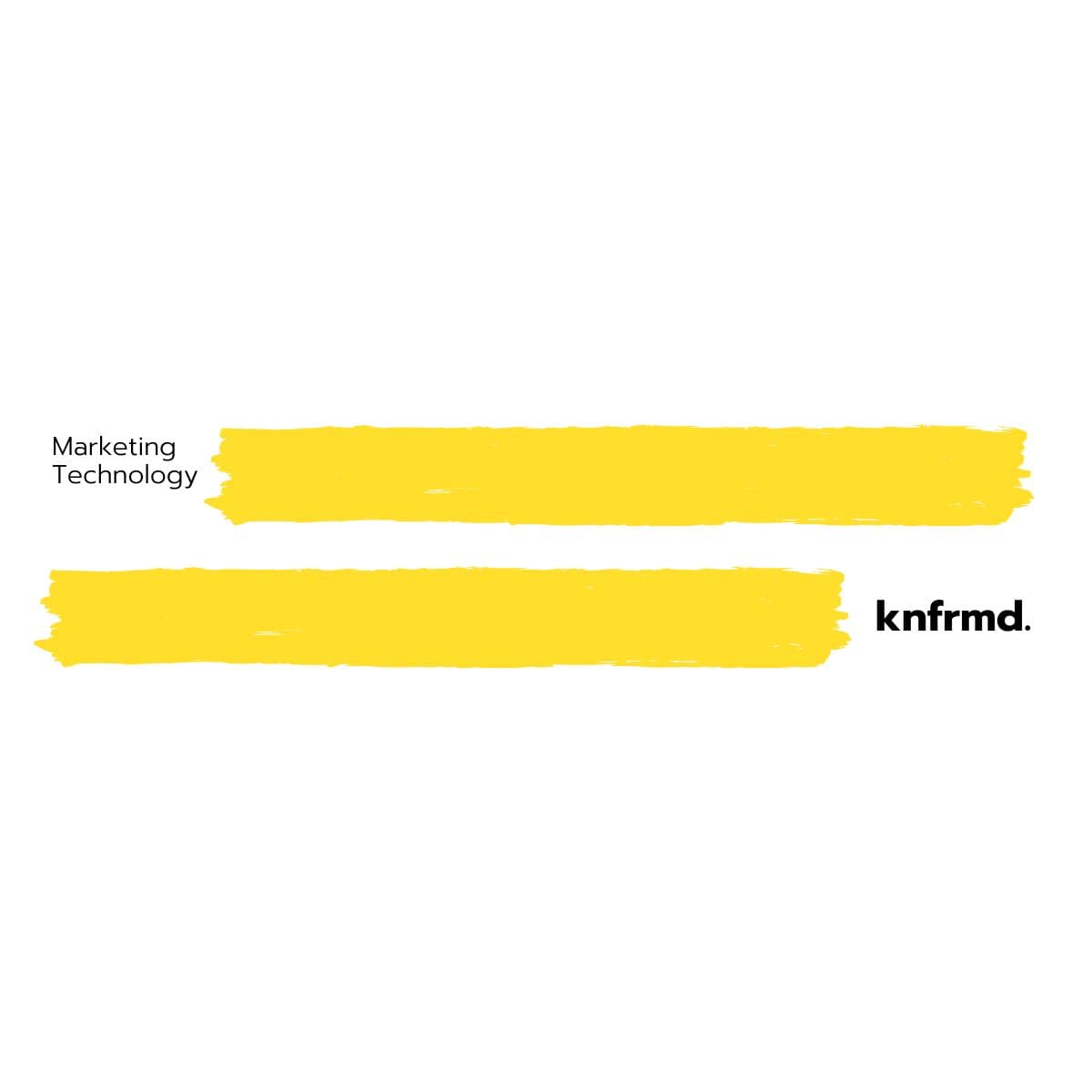Marketing Technology Stack Overview
Understanding the different tools and platforms that make up a comprehensive marketing technology stack can help businesses effectively engage with their target audience and optimize their marketing strategies.

Marketing Technology
Deciding which marketing tools to use can be tricky, especially when "one-size-fits-all" solutions bring more complexity to the actual marketing tasks. A structured approach to building your marketing technology stack ensures alignment with your business goals.
Marketing Technology Stack
A complete marketing technology stack includes various tools, each serving a distinct purpose. Here's a breakdown of some core components:
- Content Management System (CMS): Powers websites, blogs, and much more. Examples include WordPress, Squarespace, Shopify, Wix, and Google Sites.
- Advertising Technology: Used for user/customer acquisition. It combines paid ads, ad tracking, and search engine marketing.
- Email Marketing: One of the most effective means of marketing today. Automating the email marketing process helps create complex marketing strategies.
- Digital Insights & Analytics: Understanding the vast amount of data gathered from digital interactions is crucial to staying competitive.
- Social Media: Connects products with users. Monitoring social activity and engagement can improve your marketing efforts.
- Experience Optimization: Involves A/B testing and personalization to enhance the user experience.
Important Note
It is crucial to have a strategy in place before rushing to create your marketing technology stack. Compare and eliminate tools based on your marketing needs. Use the following steps as a guide in your selection process.
Step-by-Step Marketing Technology Strategy
Step 1: Attract - Use tools like Google Ads, Unbounce, WordPress, Hootsuite, Ahrefs, and Zoom.
Step 2: Engage - Use engagement platforms such as Marketo, Salesloft, Intercom, HubSpot, and Outreach.
Step 3 & 4: Analyze, Optimize - Tools like Google Analytics, Hotjar, Tableau, and Optimizely are useful for optimizing performance and strategy.
Conclusion
Choosing the right technology stack can be overwhelming, but understanding each tool’s purpose and value can streamline your selection process. Make sure to always align your technology choices with your broader marketing objectives for a more effective strategy.